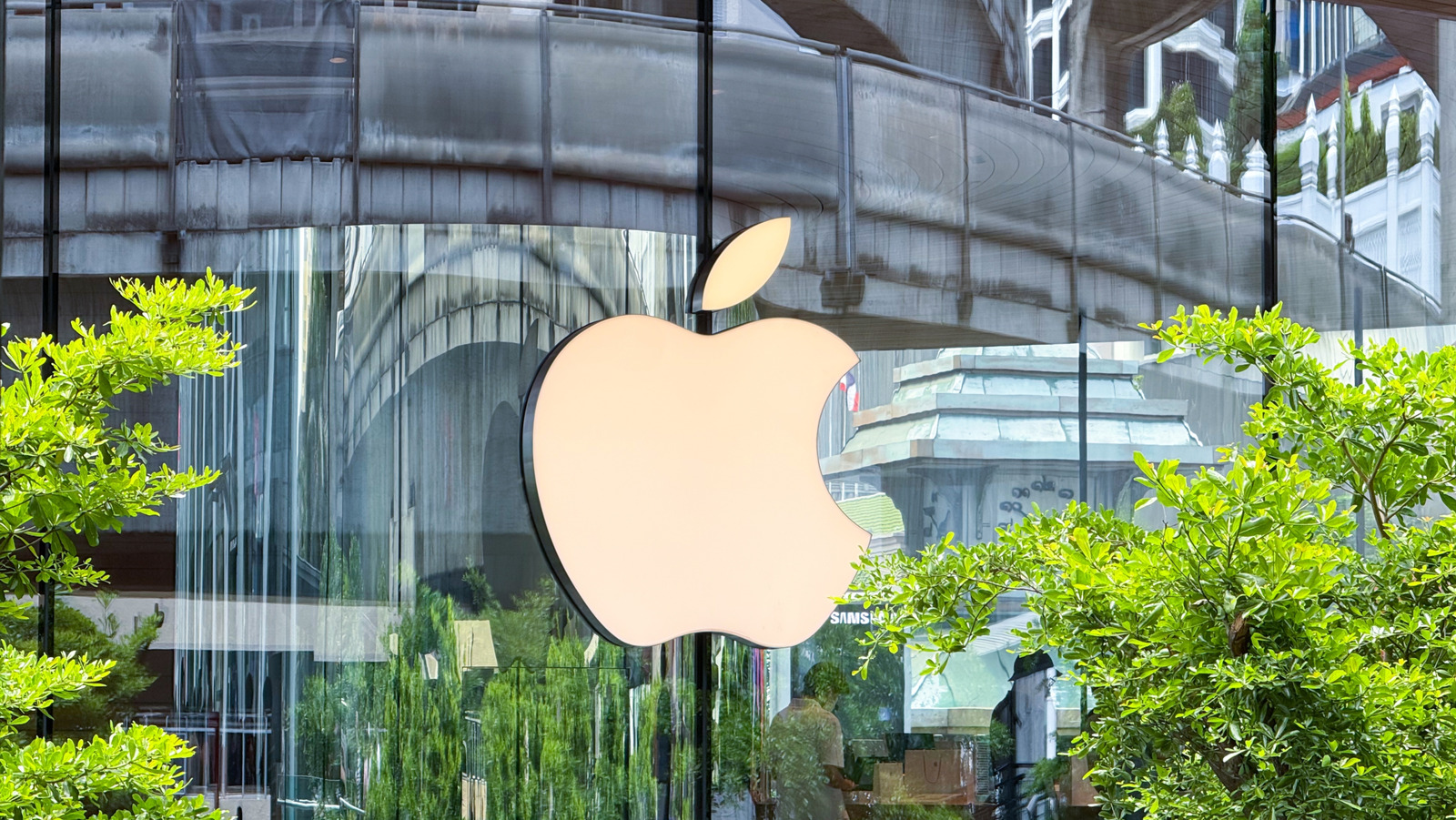For a while now, the industry has wondered as to when Chinese manufacturers will become serious players in the global memory industry, especially DRAM. It seems that time is finally upon us.
While still small at 5%, China’s share of the global memory chip market is growing, and market leaders SK Hynix, Samsung, and Micron should be worried.
Changxin Memory (CXMT) is at the centre of this growth. It now has the capacity to produce enough DRAM chips to cover roughly 13% of the global market, albeit the company still faces some yield issues and is still mostly targeting low-to-midrange mobile phones. However, it could catch up to Micron this year in terms of production capacity and is also working on high-bandwidth memory (HBM) for the AI industry. There are much smaller players like the controversial Fujian Jinhua and Swaysure, but to date, CXMT is the only significant player and the first to start affecting the industry globally.
Unlike logic chips – e.g., CPUs, GPUs, ASICs, etc. – memory chips are generally considered to be commodities. There are fewer design barriers, unique features, or proprietary breakthroughs required, and as such it is a highly price volatile market. An increase in global supply from lower cost Chinese suppliers may have a huge impact on the incumbents. I also expect, and know from experience, that many Chinese electronic device companies will use local suppliers where possible. For now, this may not be in the high-end, e.g. datacentres, but we should not expect this to always be the case.
Indeed, the incumbents may not consider the likes of CXMT as a threat as they are now focused on HBM, targeting AI and datacentre applications rather than low-end consumer devices. However, this is exactly where there are huge volumes, and if the likes of Samsung or SK Hynix were to gradually move away from this low-margin market, that would open the door completely to Chinese players. This would provide them with a strong foundation to grow and put further R&D investment into HBM and challenge the Koreans and Americans.
Well-trodden path
In some ways, China isn’t doing anything new. Japan and Korea used the memory industry as an easier way to become global leaders in the semiconductor industry. As stated previously, it is generally easier to enter, and if one has the capital investment, government support, and patience, it is really just a matter of time. Talent can be poached, it was in the past, and it is here once again. The likes of CXMT have numerous Korean, Japanese, and Taiwanese employees, some of whom are accused of handing CXMT DRAM-related information.
Advances continue
It was thought CXMT was approximately five years behind the leading pack, but the latest breakdown from TechInsights shows that this gap has been reduced to three years. CXMT’s CXMT G4 DDR5 DRAM is the firm’s first advanced node DRAM product, and despite being behind shows the pace CXMT is advancing. In the same report, TechInsights also revealed China’s YMTC is close to reaching the same NAND flash memory performance as SK Hynix and Samsung by H1 2025.
Already having an affect
SK Hynix witnessed an operating profit of 23.5 trillion won ($16.1bn) in 2024 after a 7.7 trillion won loss in 2023, doubling its revenue to 66.2 trillion won. Despite this, its stock price fell, as did Samsung Electronics’, with the latter’s operating profit falling in Q4 due to pressure from Chinese competitors. Despite their insistence that Chinese companies are behind and targeting different market segments, the reality is the Koreans and Americans need to take the likes of CXMT and YMTC seriously – the market certainly sees a threat.
Conclusions
There is still a technology gap between Chinese memory companies and the incumbent market leaders, but it is clearly becoming ever smaller. While it is true that Chinese companies face ongoing restrictions and could potentially face even more, making it difficult for them to break into the lucrative HBM market, it is far from guaranteed they will not succeed here too. Certainly, packaging player Tongfu is already steaming ahead with regard to HBM packaging.
China is the largest consumer electronics manufacturing nation in the world and will be for the foreseeable future. This provides Chinese memory manufacturers with more domestic customers than anyone else, providing a foundation on which to become world leading. YMTC is already close in some respects to the leading companies in the NAND flash memory sector.
As this is a commodity market, incumbents also need to sit up and take note because as China’s market share grows, and it will over the next year, anything Chinese companies do will have a larger effect on global memory prices. SK Hynix and Samsung also have memory facilities in China, and so far, have been allowed by the US to import advanced equipment to these sites. With movement between companies in China being very fluid, knowledge is bound to be shared. SK Hynix, Samsung, and Micron cannot be complacent. Take these Chinese companies seriously or regret it.










